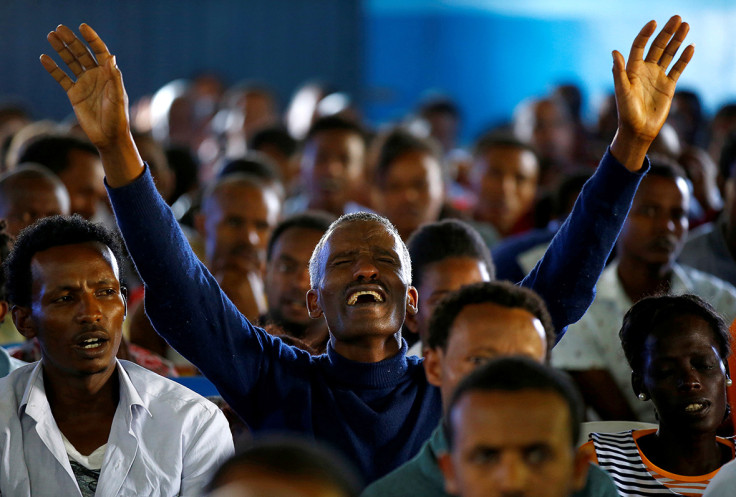Ethiopia lifts state of emergency as security in Oromia and Amhara restored
State of emergency implemented in October 2016 as unrest sparked by protests led to more than 600 deaths.
Ethiopia has reportedly lifted a state of emergency imposed last year, following months of protests that led to the deaths of hundreds of people.
Siraj Fegessa, Minister of Defense and Secretariat of the Command Post, explained the threat that had emerged following the unrest had now been tackled. He added that the security situation can now be managed by the regular legal system, Fana Broadcasting Corporate reported.
Ethiopia implemented the six-month-long state of emergency last October as protests, labelled as the biggest anti-government unrest the country has witnessed in recent history, rocked the regions of Oromia and Amhara. In March, the state of emergency was extended by four months.
The response to the unrest resulted in the death of at least 669 people, a figure the government confirmed in a report released in April.
Fegessa said a total of 21,109 suspects were arrested in Oromia, Amhara and SNNP (Southern Nations, Nationalities, and Peoples's Regions) states, as well as in the capital Addis Ababa.
Most of them were subsequently released, but 7,737 suspects were charged.
A total of 709 armed forces were also detained. Operations resulted in the recovery of 2,732 weapons, 181 hand grenades and two communication radios.
Critics of the state of emergency claimed the government was trying to quell protests by, among other things, banning certain media outlets, including the Oromia Media Network. The government has denied the allegations.
Protests explained

Protests started in Oromia, where people initially protested over government plans to expand the territory of Addis Ababa, with farmers raising concerns that increasing the size of the city would lead to forced evictions and loss of farming land.
The government later scrapped the plans, but protests continued. Oromo people – Ethiopia's largest ethnic group – argued for a greater inclusion in the political process and the release of political prisoners.
Oromo protesters claim the government is dominated by the Tigray minority, who make up 6.2% of the total population.
The country is ruled by the Ethiopian People's Revolutionary Democratic Front, a coalition of four political parties that includes the Oromo Peoples' Democratic Organisation.
Last year, in a substantial cabinet reshuffle, Prime Minister Hailemariam Desalegn appointed 21 new cabinet ministers, giving prominent ministerial roles to two Oromo people.
During rallies, some Oromo people attacked foreign-owned factories, acts of violence it was feared could result in a reduction in investments in the country.
In Amhara, people demonstrated calling for their lands to be administered by the Amhara region, instead of the Tigray state.
Rights groups have accused security forces of killing hundreds of people, opening fire on unarmed protesters and arbitrarily arresting protesters, journalists and human rights defenders. However, while the country's Human Rights Commission recommended prosecution of some police officers, it maintained that the overall response by security forces was adequate.
Rights groups have voiced concerns about the commission's report, suggesting it fails to give an accurate picture of the security forces' responsibility for the casualties.
Last year, the United Nations and the European parliament called on Ethiopia to allow " an international commission of inquiry to investigate the protests and the violence", but the country rejected such calls in April.
© Copyright IBTimes 2025. All rights reserved.




















